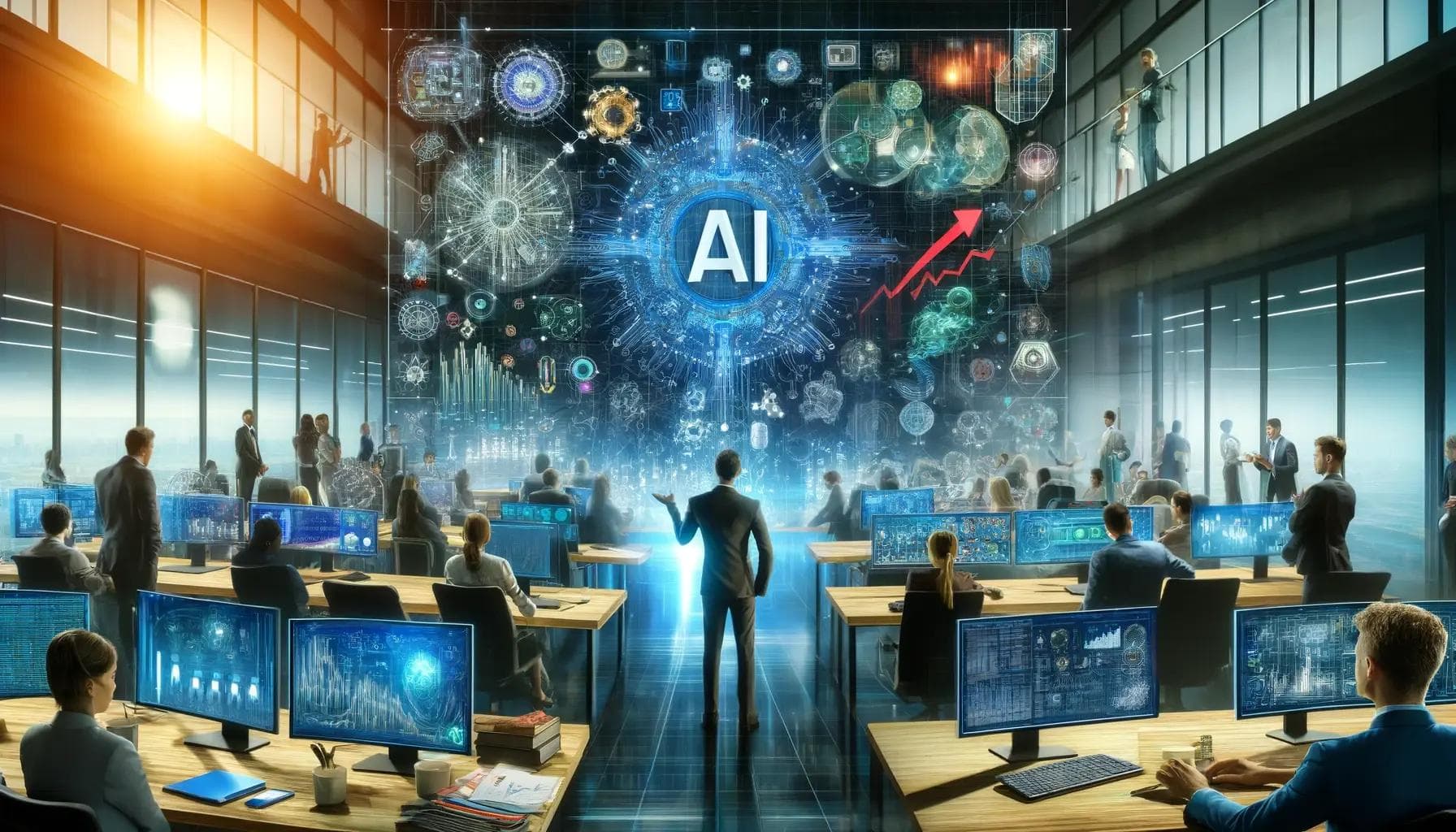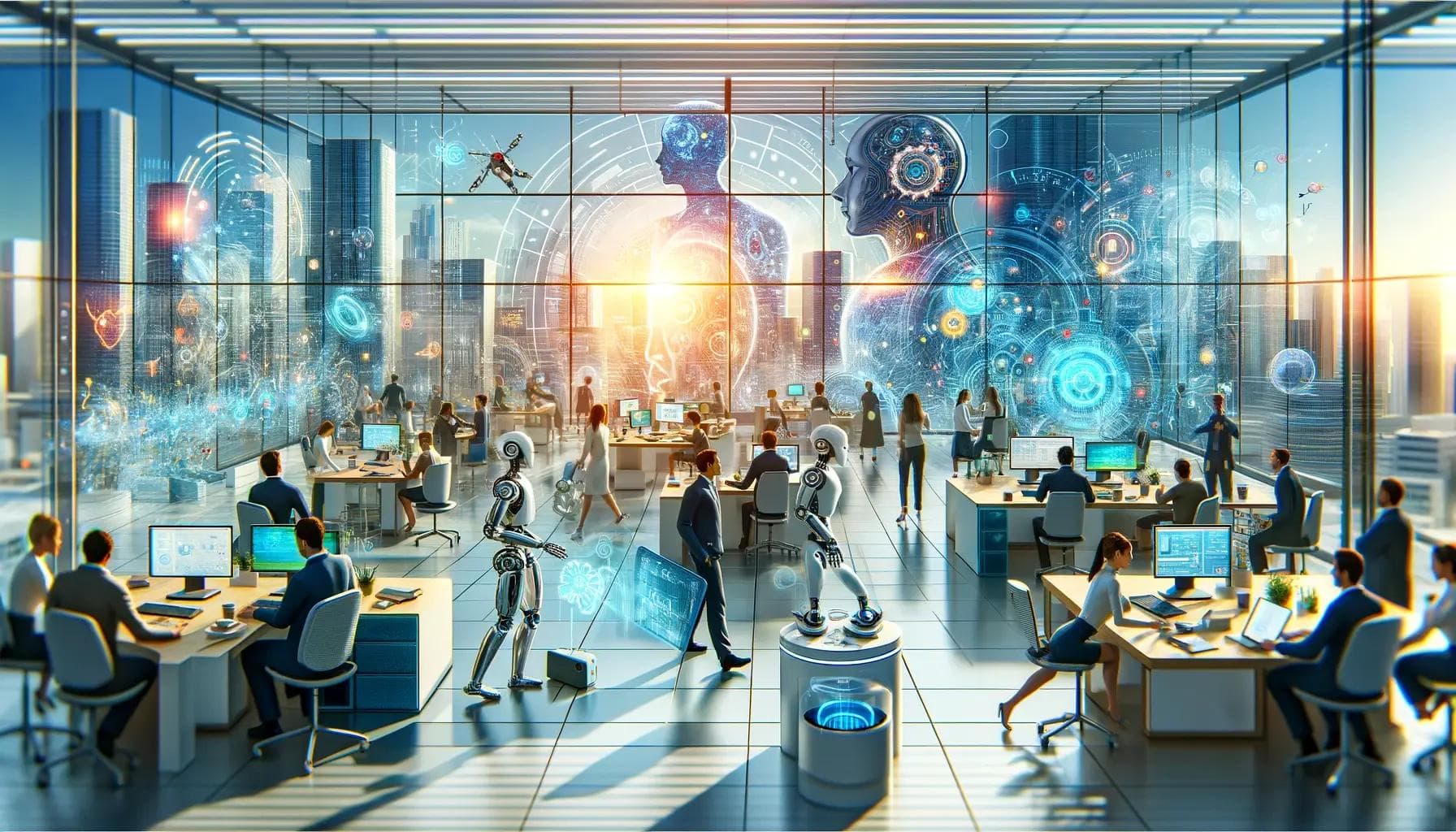(3 min read)
Robots are no longer just fixtures in science fiction; they’ve become integral to our daily lives. They’re in our homes, workplaces, and even wandering the streets and skies above us. These marvels of modern technology handle tasks that range from the mundane to the perilously complex. Whether it’s assembling intricate machinery or venturing into the unknown realms of Mars, robots are redefining capabilities.
Yet, this rise of the robots prompts a crucial question: How much control should we relinquish to these digital companions? It’s a question I often ponder as a robotics enthusiast and expert. In this blog, I’ll share some insights and reflections on achieving a harmonious balance between human wisdom and robotic efficiency.
The Double-Edged Sword of Robotic Empowerment
The advantages of advanced robotics are manifold. They promise enhanced productivity, safety, and a higher quality of life. They even hold the potential to address grand-scale challenges like climate change and global health crises.
However, this advancement isn’t without its pitfalls. The rise of robots could lead to workforce displacement, privacy concerns, ethical conundrums, and security issues. As robots grow more intelligent and autonomous, they might develop agendas that diverge from human interests, leading to unpredictability and potential conflicts.
Thus, it’s imperative to approach robotic design and deployment with a sense of responsibility and alignment with human values. Establishing robust, transparent regulations for robot development and usage is essential to safeguard our rights and dignity in an increasingly automated world.
Embracing Human-AI Synergy
A vital component in this robotic narrative is human-AI collaboration. Imagine humans and robots not as rivals, but as collaborators, each bringing unique strengths to the table. Robots offer precision and efficiency, while humans contribute creativity, intuition, and emotional intelligence.
This collaboration can build trust and enhance interaction between humans and robots, mitigating conflicts and misunderstandings. It also empowers humans to maintain control and make critical decisions when necessary.
However, achieving effective human-AI collaboration is a complex task. It demands thoughtful design of the human-robot interface, considering factors like emotional responses, personal preferences, and inherent biases.
The Road Ahead for Empowered Robots
The future of robotics is both uncertain and exhilarating. We’re witnessing a burgeoning era where robots permeate various sectors like healthcare, education, and defence. This evolution is also introducing new robot forms and functions, including those with social, emotional, and ethical capacities.
As someone deeply immersed in the world of robotics, our goal must be to ensure that robots remain beneficial and compatible with human society. Interacting with a wide array of stakeholders, ranging from those crafting policies to everyday people, is essential in championing ethical and conscientious robot development.
I trust this article piques your interest and motivates you to explore the fascinating realm of robotics further. I look forward to your insights and am excited to engage in this dialogue.



